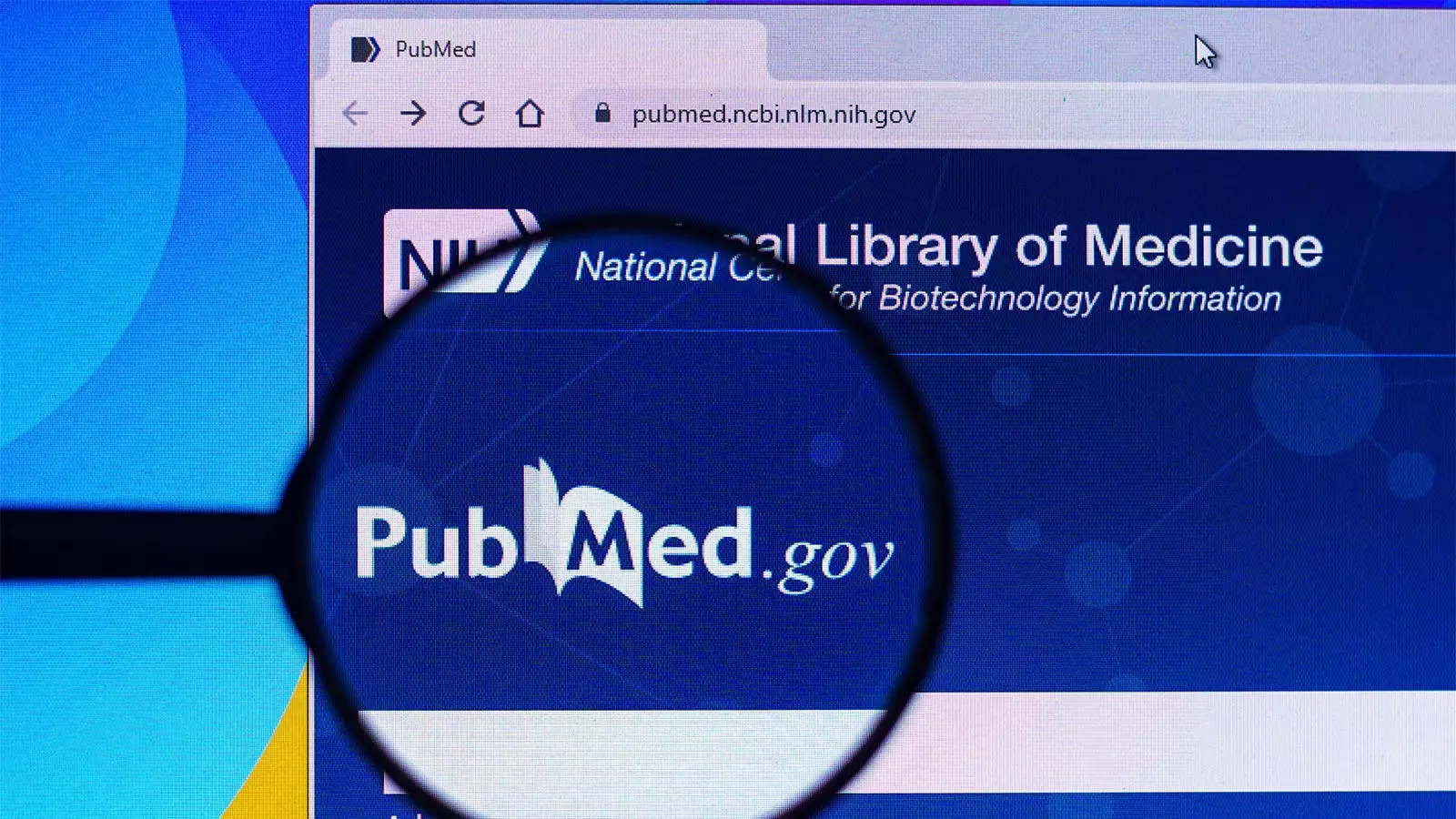In recent years, the scientific community has become increasingly aware of the importance of transparency, particularly regarding conflicts of interest (COI). These disclosures are vital to the integrity of research, as they help maintain public trust and ensure that findings are not unduly influenced by external funding sources or personal interests. Despite the introduction of a dedicated field for COI statements within PubMed in 2017, recent studies reveal a troubling pattern: the field remains largely underutilized across numerous scientific journals. This article will analyse the current state of COI statements in the context of academic publications, discussing its implications and potential pathways to improvement.
The necessity for COI statements has been a topic of discussion for years, with various organizations advocating for more stringent reporting practices. Transparency is crucial in ensuring that readers can critically evaluate the credibility of research findings. A study conducted by a team at the Center for Science in the Public Interest assessed the usage of COI statements across an extensive array of journals indexed on PubMed. They reported that while the proportion of journals reporting COI statements has increased, with 33.2% of journals submitting at least one COI statement in 2021 compared to just 25.9% in 2016, this growth is far from sufficient.
The increase in published articles featuring COI statements — rising from 9% to a substantial 43% — is encouraging; however, it still highlights a significant gap in compliance. Given the vast number of articles published annually, the fact that almost 57% lack a COI statement remains a cause for concern.
The study examined nearly 7,000 journals and found that among the top 40 high-impact journals, a mere 30.2% of articles included any COI disclosures. Alarmingly, only 63.3% of those were also correctly transferred into the PubMed COI field. This reveals systemic issues not just in the reporting practices of individual authors but also in the broader framework of publication process management.
Peter Lurie, a leading figure in this study, emphasized that many journals were not leveraging the resources provided by PubMed, despite the fact that one-third of them have successfully integrated this mechanism. The main questions arise: why is this field underutilized, and what hurdles prevent widespread adoption?
Numerous logistical obstacles contribute to the underutilization of COI statements in the PubMed database. Lurie outlined three potential scenarios: some journals may entirely overlook the COI field; others might occasionally submit COI data inconsistently; and some may reveal conflicts in the published articles but fail to export that data to PubMed. The investigation suggests that the disconnect, particularly regarding how journals collect and report information, is complex.
Inconsistent practices across journals create confusion around COI reporting. While some adopt standardized mechanisms, others operate under unique protocols that may obscure vital information. This inconsistency significantly contributes to gaps in transparency, underscoring the urgent need for a more harmonized approach within the publishing community.
Optimizing the Reporting Process
Improving the reporting of COI statements is not merely a matter of ethical obligation but an essential step towards elevating the quality and reliability of scientific discourse. With existing coding tools available to assist journals in adopting best practices for COI disclosures, it is imperative for the National Library of Medicine to enhance outreach efforts. Specifically, they must focus on educating journals regarding the effective utilization of the COI field.
Publishing organizations can enact changes by establishing uniform guidelines and prompting journals to adhere strictly to these protocols. By streamlining the reporting process, the scholarly community can cultivate a culture of transparency beneficial both for researchers and the public.
The underutilization of COI statements in scientific journals, particularly in relation to the PubMed database, is a pressing issue that calls for immediate action. Although some progress has been made since the introduction of the COI field in 2017, the findings from recent analyses indicate that the journey towards comprehensive COI disclosure is far from over. A multifaceted approach involving better education, standardized practices, and increased outreach by authoritative bodies such as the National Library of Medicine is essential. By adopting a more unified methodology for COI reporting, the scientific community can enhance transparency, foster trust, and ultimately improve the integrity of research publications.


Leave a Reply